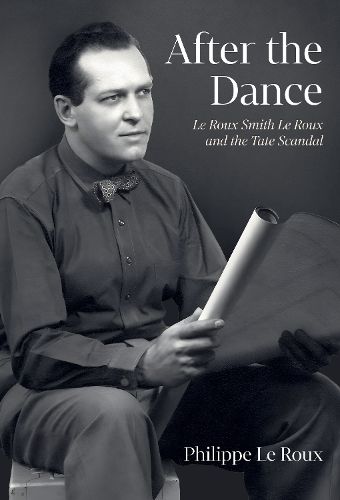Readings Newsletter
Become a Readings Member to make your shopping experience even easier.
Sign in or sign up for free!
You’re not far away from qualifying for FREE standard shipping within Australia
You’ve qualified for FREE standard shipping within Australia
The cart is loading…






After The Dance delves into the intriguing life of South African artist Le Roux Smith Le Roux (1914-1963), a brilliant yet obsessive outsider who was appointed Deputy Keeper of the Tate Gallery in 1950 at the age of thirty-six. Renowned for his sharp intelligence and methodical approach, Le Roux boldly questions the price paid by Director Sir John Rothenstein for the Degas sculpture, Li le Dancer, Aged Fourteen.
While Le Roux excels in his professional life, his personal relationships are chaotic. The biography unveils the complexities of a talented man whose life was tumultuous as it was remarkable.
The narrative describes the Great Tate Affair (1952-1954), offering a fresh perspective that challenges the accepted narrative shaped by Rothenstein's flawed account. Through meticulous research and compelling storytelling, this book invites readers to reconsider one of art history's most controversial episodes.
$9.00 standard shipping within Australia
FREE standard shipping within Australia for orders over $100.00
Express & International shipping calculated at checkout
After The Dance delves into the intriguing life of South African artist Le Roux Smith Le Roux (1914-1963), a brilliant yet obsessive outsider who was appointed Deputy Keeper of the Tate Gallery in 1950 at the age of thirty-six. Renowned for his sharp intelligence and methodical approach, Le Roux boldly questions the price paid by Director Sir John Rothenstein for the Degas sculpture, Li le Dancer, Aged Fourteen.
While Le Roux excels in his professional life, his personal relationships are chaotic. The biography unveils the complexities of a talented man whose life was tumultuous as it was remarkable.
The narrative describes the Great Tate Affair (1952-1954), offering a fresh perspective that challenges the accepted narrative shaped by Rothenstein's flawed account. Through meticulous research and compelling storytelling, this book invites readers to reconsider one of art history's most controversial episodes.